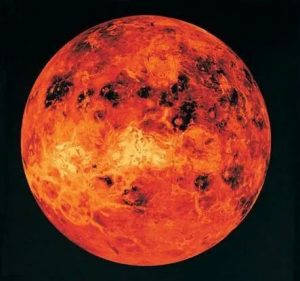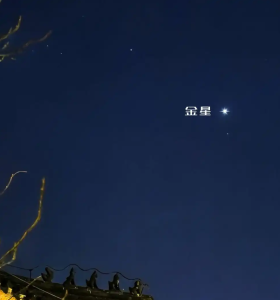—
Venus: Earth’s “sisters star”
Despite its hellish surface environment, Venus is one of the brightest celestial bodies in the night sky. Venus is second only to the moon in brightness and can even be captured by the naked eye during the day. Its radiance mainly comes from the high reflectivity of its thick atmosphere towards sunlight, with a reflectivity of up to 70%, making it particularly dazzling in the night sky.
—
Venus has the highest brightness
The brightness variation of Venus is closely related to its orbital position and phase changes. Due to Venus being located on the inner side of Earth, it exhibits a phase change similar to that of the Moon when observed from Earth. When Venus approaches Earth, what we see is its “crescent” phase. Although the visible part of Venus is relatively small, its overall brightness is still high due to its proximity to Earth.
—
The period of maximum brightness of Venus
—
The reason for the maximum brightness of Venus
There are two main reasons for the maximum brightness of Venus:
1. Venus is closer to Earth: When Venus approaches Earth in orbit, its brightness significantly increases.
2. Phase change of Venus: The phase change of Venus will affect the area of its visible part. When Venus is in the “new moon” phase, although the visible part is small, its overall brightness is still high due to its proximity to Earth.
On February 15, 2025, Venus will reach its maximum brightness, as it is both close to Earth and displaying significant bright areas. At this time, Venus’ apparent magnitude can reach -4.7, making it one of the brightest celestial bodies in the night sky. This is not only an excellent opportunity for astronomical observation, but also a moment for us to experience the beauty of the universe. On this day, let us look up and witness the shining appearance of this “night sky pearl” together, and feel the infinite charm of the universe!




